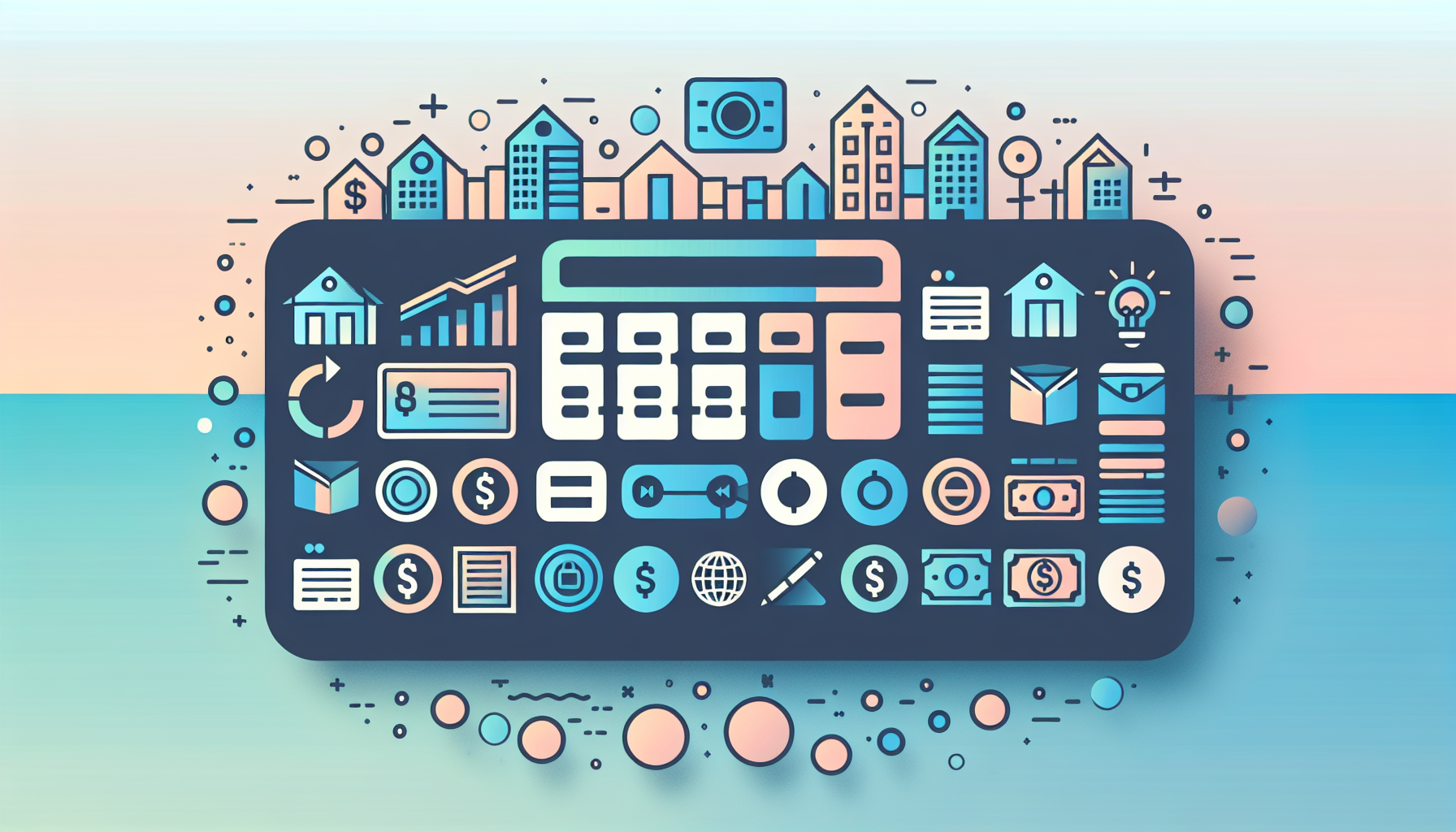Understanding Balloon Mortgages

When navigating the complex landscape of mortgage options, one lesser-known but potentially beneficial choice for certain borrowers is the balloon mortgage. This type of mortgage offers low or no monthly payments initially, followed by a large lump-sum payment at the end of the loan term. Understanding the intricacies of balloon mortgages, including their risks and benefits, is crucial for making informed decisions about your financial future.
Understanding Balloon Mortgages: A Comprehensive Guide
A balloon mortgage is a type of non-qualified mortgage (non-QM) that allows borrowers to pay off a significant portion of the loan at the end of the term, rather than spreading payments evenly over the life of the loan. This structure can be appealing to borrowers with unique financial situations or those who expect significant changes in their income or property value over time.
How Balloon Mortgages Work
Balloon mortgages typically have short terms, ranging from five to seven years. During this period, monthly payments are often calculated based on a longer amortization schedule, such as a 30-year mortgage, but they may only cover interest or a small portion of the principal. At the end of the term, the borrower must make a large balloon payment to cover the remaining balance.
For example, consider a five-year balloon mortgage of $400,000 at an interest rate of 6.75%. The borrower might pay approximately $2,594 per month for four years and eleven months, with a final balloon payment of about $378,097 to cover the remaining principal and interest.
Types of Balloon Mortgages
There are several ways a balloon mortgage can be structured:
- Principal and Interest Payments: Monthly payments cover both principal and interest, based on a longer amortization schedule. The remaining balance is due at the end of the term.
- Interest-Only Payments: Payments cover only interest during the initial term, with the full principal due at the end.
- No Payments: No monthly payments are made during the term, with the full principal and interest due in a single balloon payment at the end.
These structures offer flexibility but also come with significant risks, particularly the challenge of making the large final payment.
Risks Associated with Balloon Mortgages
The primary risk of a balloon mortgage is the potential inability to afford the balloon payment. If a borrower cannot make this payment, they may face foreclosure or need to refinance the loan, which can be challenging if property values have decreased or financial circumstances have worsened.
Additionally, balloon mortgages often have higher interest rates since they are non-QM loans, which do not adhere to the Consumer Financial Protection Bureau’s qualified mortgage standards.
Refinancing Options for Balloon Mortgages
Refinancing is a common strategy for managing the balloon payment. Borrowers may opt to refinance their mortgage before the balloon payment is due, potentially securing a new loan with better terms. However, refinancing requires sufficient equity in the property and a stable financial situation, which may not always be feasible.
For those considering refinancing, tools like the WP Ultimate Loan & Mortgage Calculator can help estimate new loan terms and payments, providing valuable insights into potential refinancing options.
When to Consider a Balloon Mortgage
Balloon mortgages are best suited for borrowers with unique financial circumstances, such as real estate investors or those expecting a significant increase in income. They can also be beneficial for buyers who plan to sell the property before the balloon payment is due.
For instance, a real estate investor might use a balloon mortgage to purchase a property with the intention of selling it within a few years, thereby avoiding the need to make the balloon payment themselves.
Real-World Examples and Case Studies
A common scenario involves a borrower who takes out a seven-year balloon mortgage to purchase a home. During the initial seven years, they make low monthly payments, primarily covering interest. At the end of the term, they either refinance the loan, sell the property, or make the balloon payment if financially feasible.
Another example is a seller offering owner financing in the form of a balloon mortgage to a buyer who cannot qualify for a traditional mortgage. This arrangement allows the buyer to purchase the property while the seller retains some control over the financing terms.
Conclusion and Next Steps
In conclusion, balloon mortgages offer a unique financing option for borrowers with specific financial needs or goals. While they present significant risks, particularly regarding the balloon payment, they can also provide benefits such as lower initial monthly payments and flexibility in financial planning.
To navigate these complex financial decisions effectively, it's essential to have the right tools and resources. For those considering a balloon mortgage or seeking to manage their existing loan, utilizing a mortgage calculator can provide valuable insights into potential costs and repayment strategies.
For more information on managing mortgage payments and exploring different loan options, visit our Contact Us page to discuss your specific needs with our team. Additionally, you can explore other mortgage-related topics on our website, including how to use the WP Ultimate Loan & Mortgage Calculator to optimize your financial planning.
For further reading on mortgage options and financial planning, you can also visit resources like Bankrate for mortgage advice and Investopedia for detailed financial explanations. The Consumer Financial Protection Bureau also provides valuable information on consumer financial protection and mortgage regulations.











